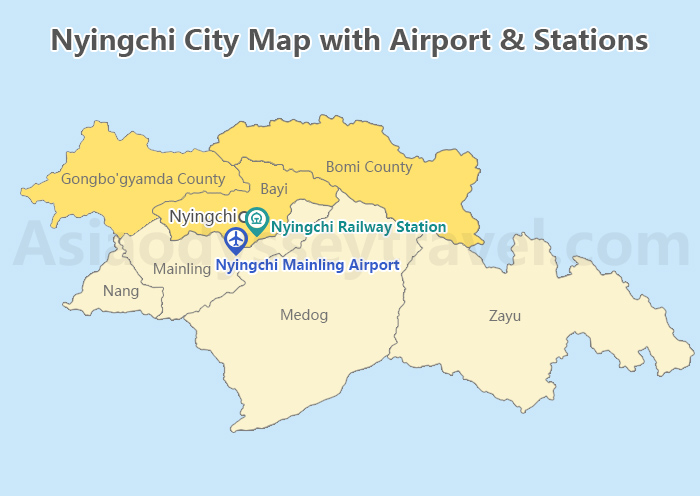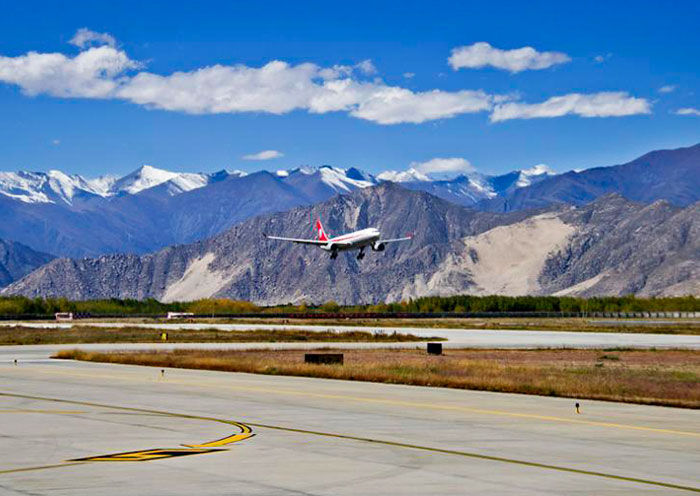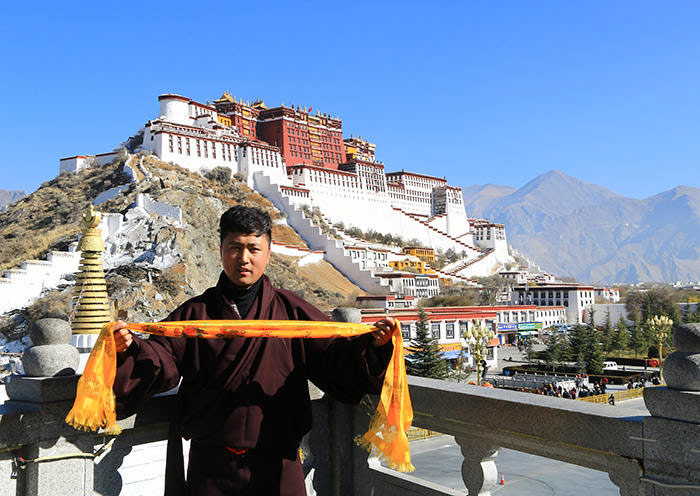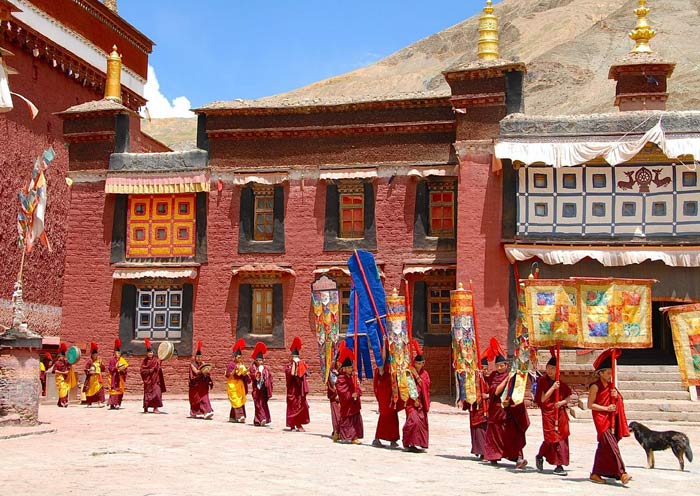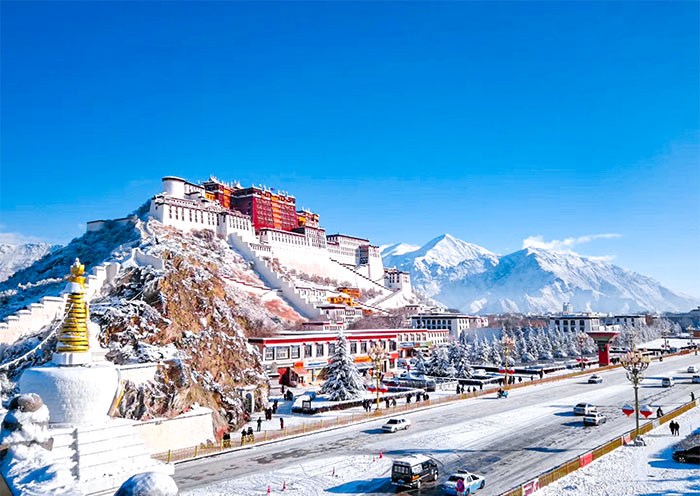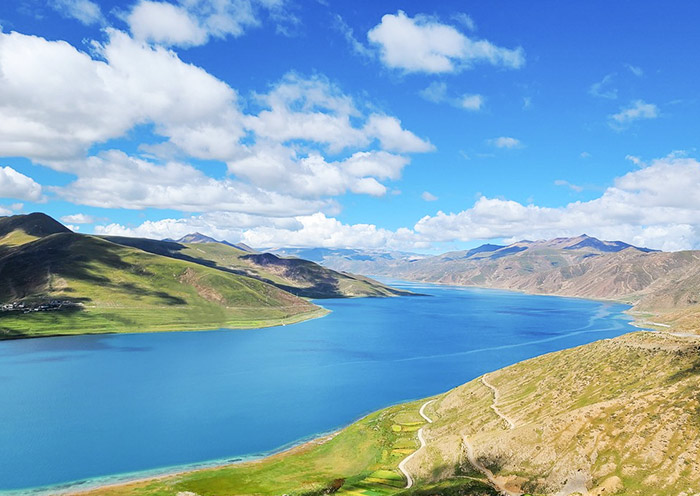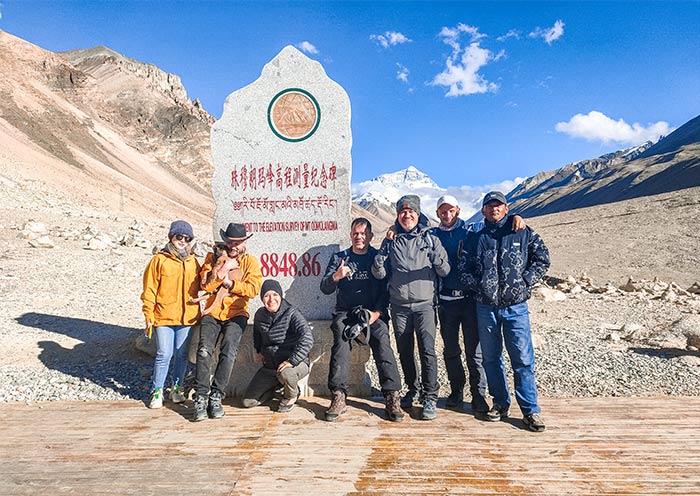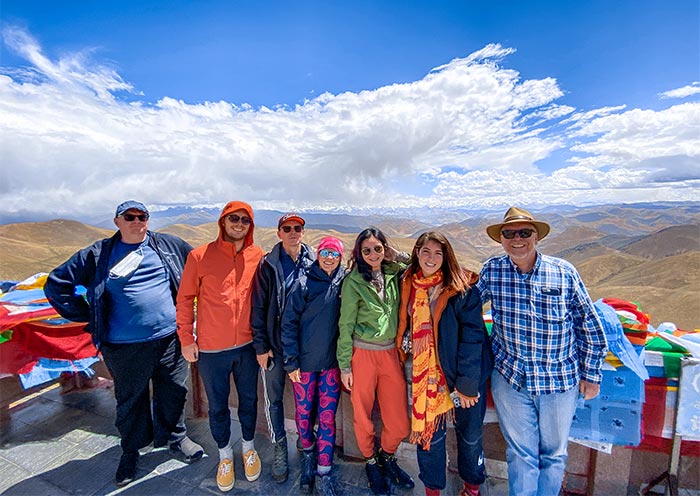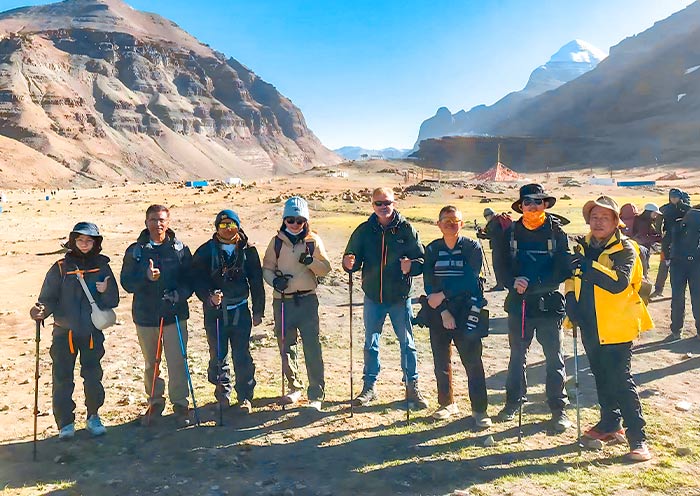What is Altitude Sickness in Tibet
Altitude sickness, also known as Acute Mountain Sickness (AMS), is a condition that can occur when you ascend to a high altitude too quickly. It's a common ailment among travelers visiting Tibet. The thin air at high altitudes has less oxygen than at sea level. The human body needs time to adapt to this lower oxygen level. If you ascend too quickly, your body may not acclimatize adequately, leading to altitude sickness.
Tibet Altitude Sickness Symptoms
Mild AMS is usually characterized by discomfort rather than actual sickness. If mild symptoms worsen or are not addressed, they can progress to moderate AMS. Severe AMS is a medical emergency and requires immediate descent and medical attention.
| Symptoms | Relief Measures | |
|---|---|---|
| Mild AMS (common) |
|
|
| Moderate AMS (less common) |
|
|
| Severe AMS (rare) |
|
|
How to Prevent Altitude Sickness Before Heading to Tibet
No.1 Prefer Flight to Tibet instead of Tibet Train - Less Time, Less Pain
One approach to mitigate the risk of altitude sickness is by flying to Tibet. This method allows you to reach the high-altitude region quickly without a prolonged period of exposure to the gradually increasing altitude, as experienced in a Tibet train journey. While it's true that sudden exposure to high altitudes, as in a flight, can potentially cause altitude sickness, it's also worth noting that the human body often needs time to exhibit symptoms of altitude sickness. Therefore, the swift journey by plane may allow you to reach Lhasa and start acclimatizing before any symptoms appear.
No.2 Stay Healthy Before Departure to Tibet - Do not Got a Cold
Good health is the cornerstone of high-altitude adaptation. Being well-rested, well-hydrated, and nourished before leaving can help your body better cope with the stress of high altitudes. Regular exercise to boost your physical fitness can also be advantageous.
No.3 Prepare Proper Medicine for AMS Relief
Consult with a healthcare provider to understand the potential risks and get advice on preventative measures. Medications like acetazolamide (Diamox) can help your body acclimatize faster. Always keep these medicines handy during your travel for immediate relief in case of any symptoms.
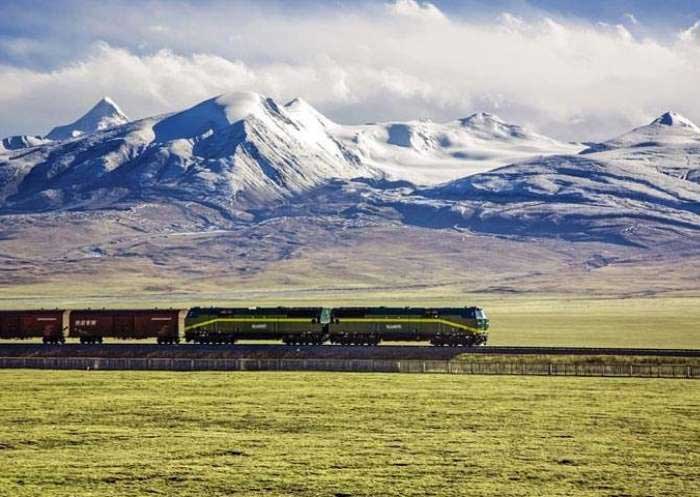
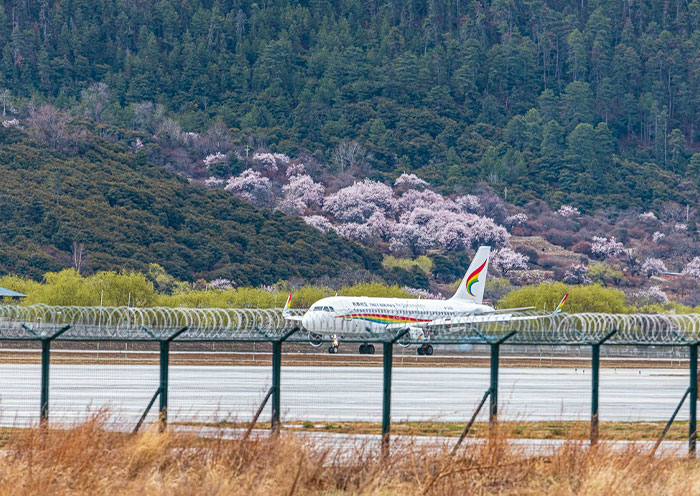
How to Avoid Severe Altitude Sickness After Arriving in Tibet
No.4 Rest Well for the First Three Days in Tibet
During the first few days in Tibet, it's important to allow your body to adapt to the new altitude. Limit your physical activity during this time, avoiding strenuous exercises or heavy lifting. Ensure you get plenty of sleep and take frequent rest breaks during the day to help your body recover and adjust.
No.5 Gradual Acclimatization
Altitude adjustment is a process. If you plan to visit places of even higher elevation in Tibet, ensure that you ascend slowly, ideally no more than 500 meters per day. Also, for every 1,000-meter ascent, spend a day at that altitude to acclimatize before moving higher. This approach can significantly decrease the risk of altitude sickness.
No.6 Stay Hydrated & Eat a Balanced Diet
Staying well-hydrated is crucial in high altitudes, as dehydration can intensify the symptoms of altitude sickness. Aim to drink at least 3-4 liters of water each day. Also, maintain a balanced diet rich in carbohydrates as they are easier to break down in low oxygen conditions, thus providing you with needed energy.
No.7 Slow Down Movements
At high altitudes, even simple tasks can feel more difficult due to the thin air and lower oxygen levels. To conserve energy and reduce the demand for oxygen, slow down your movements. Take your time getting from place to place, and avoid rushing or pushing yourself too hard.
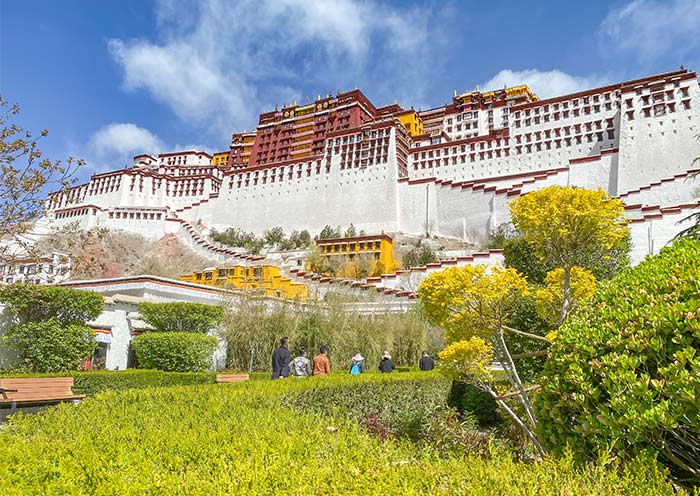
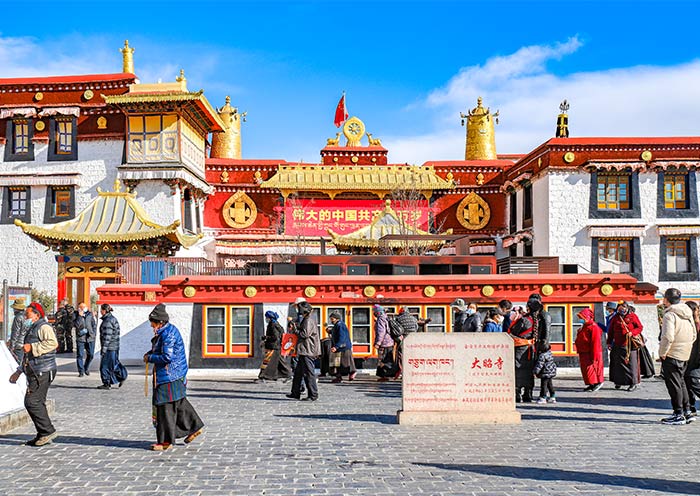
How to Deal with Altitude Sickness During Your Tibet Journey
No.8 Medication and Oxygen Therapy
If you start experiencing symptoms of altitude sickness, such as headaches, dizziness, or shortness of breath, medications like Diamox can offer relief by accelerating your body's acclimatization process. Additionally, supplemental oxygen can be used to alleviate symptoms, especially in more severe cases. Many hotels and tour operators in Tibet provide oxygen for their guests.
No.9 Descend If Necessary
The most effective treatment for altitude sickness is to descend. If your symptoms persist or worsen, you should move to a lower altitude as quickly as possible. Even a descent of a few hundred meters can make a significant difference.
No.10 Seek Medical Attention If Necessary
If your symptoms continue to worsen even after descending, or if you experience severe symptoms like difficulty breathing at rest or altered mental status, it is crucial to seek immediate medical attention. Severe altitude sickness can rapidly become life-threatening, so prompt medical intervention is essential. Remember, it's always better to err on the side of caution when it comes to altitude sickness.
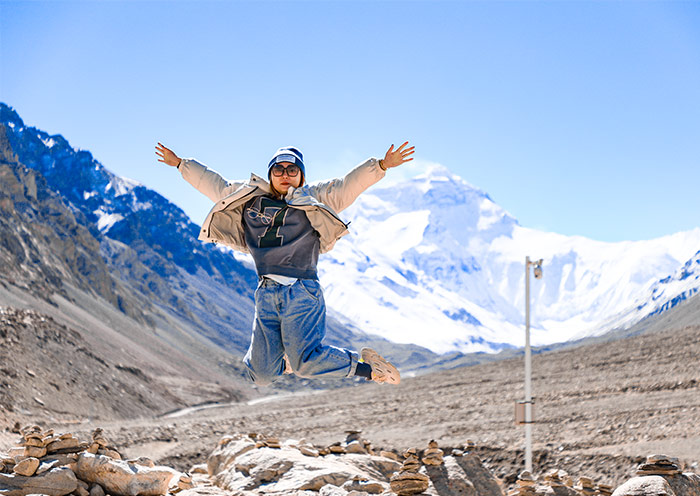
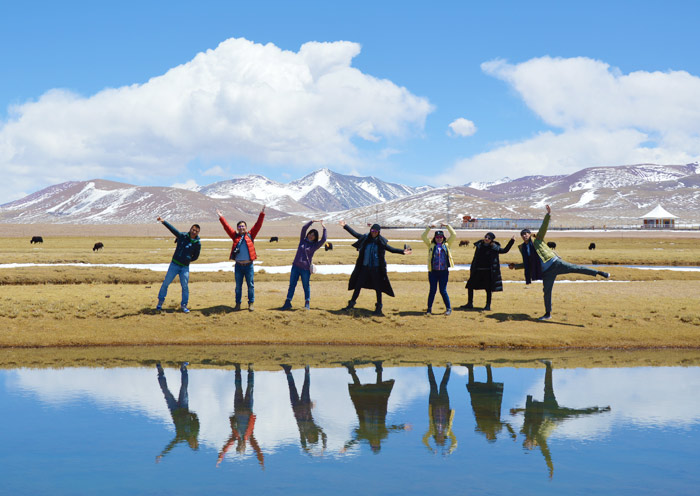
Frequent-Asked Questions about Altitude Sickness in Tibet
Is it better to take a train to alleviate altitude sickness compared to flying?
Flying into Tibet does result in a rapid ascent to high altitude, but it allows you the opportunity to rest and begin acclimatizing in the comfort of a hotel in Lhasa. Taking a train to Tibet can slow the pace of altitude gain, potentially aiding in acclimatization. However, the journey is long, over twenty hours, and the confined space on the Tibet train can be uncomfortable. You might still experience symptoms of altitude sickness during the train ride due to the gradually increasing altitude.
Do the elderly and children experience altitude sickness when traveling to Tibet?
Yes, both the elderly and children can experience altitude sickness. However, children often acclimatize to high altitudes more quickly than adults. Elderly people, particularly those with underlying health conditions, may find it more difficult to adjust to high altitude and are at higher risk of complications.
What underlying health conditions are not recommended for traveling to Tibet?
People with certain health conditions might be at higher risk of complications from altitude sickness. These conditions include but are not limited to severe heart disease, respiratory diseases such as COPD or severe asthma, sickle cell disease, and uncontrolled high blood pressure. It's essential to consult with a healthcare provider before traveling to high-altitude areas if you have a pre-existing medical condition.
Is altitude sickness more severe in winter than in summer?
Altitude sickness is not necessarily more severe in winter than in summer, as it's primarily related to the altitude and individual adjustment to altitude, not the season. Summer is generally more humid, while winter is drier, which can affect the body's comfort levels. The dry air in winter can make it more challenging to stay hydrated, an essential factor for managing altitude sickness. It's always important to prepare well and acclimatize properly, no matter the season.
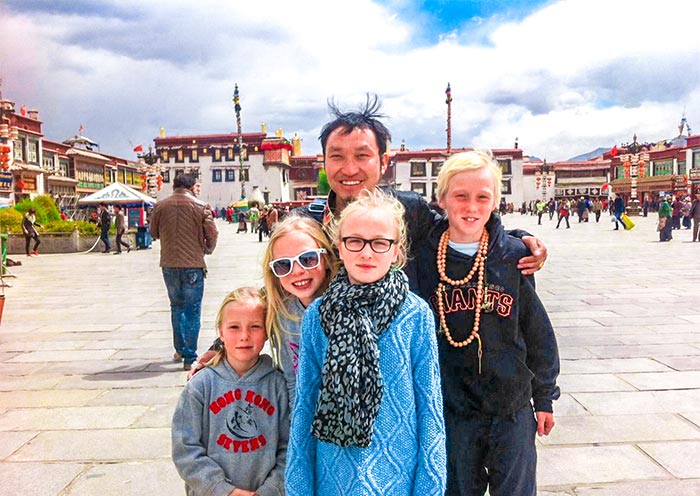

Explore Tibet with Asia Odyssey Travel
With over 10 years of local expertise in Lhasa and Tibet (Xizang), our dedicated team at Asia Odyssey Travel brings you carefully curated Tibet tours for an authentic and unforgettable experience.
Drawing upon our extensive experience, we have meticulously crafted a range of Tibet tour packages, including Lhasa tours, Mount Everest Tours, Mount Kailash Tours, Tibet Trekking Tours, Tibet Train Tours, and Tibet Overland Tours. Whether you prefer the comfort and flexibility of a private tour or the budget-friendly option of a group tour, we have you covered without compromising on quality.
Additionally, we cater to various travel preferences, whether you wish to commence your Tibet tour from one of the popular gateway cities in China, embark on Nepal Tibet tours, or even explore the mesmerizing Himalayan region. Whatever you desire, Asia Odyssey Travel has the perfect tour to meet your needs, ensuring that your expedition to Tibet (Xizang) becomes an unforgettable adventure.

